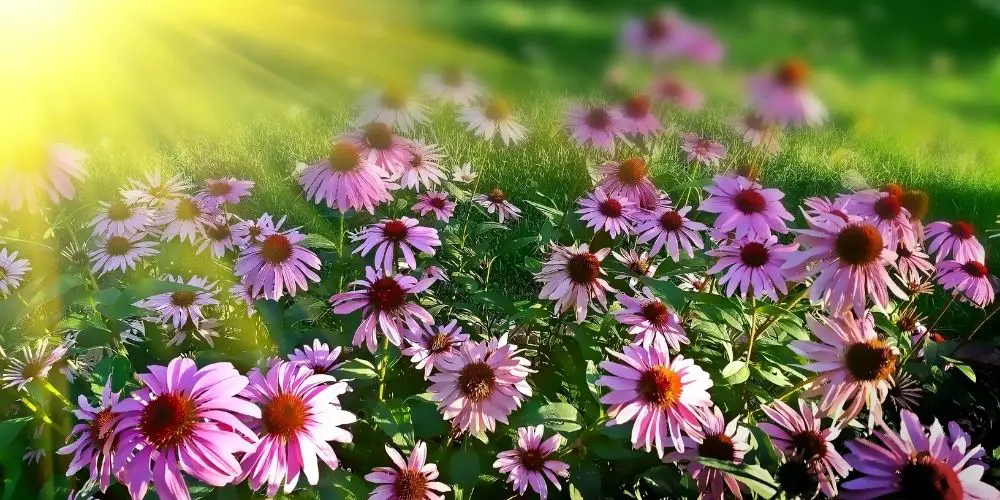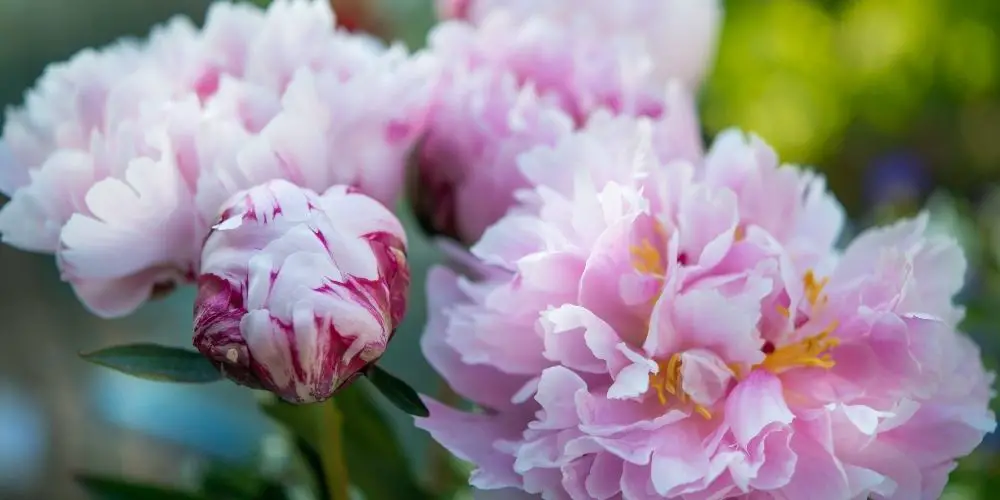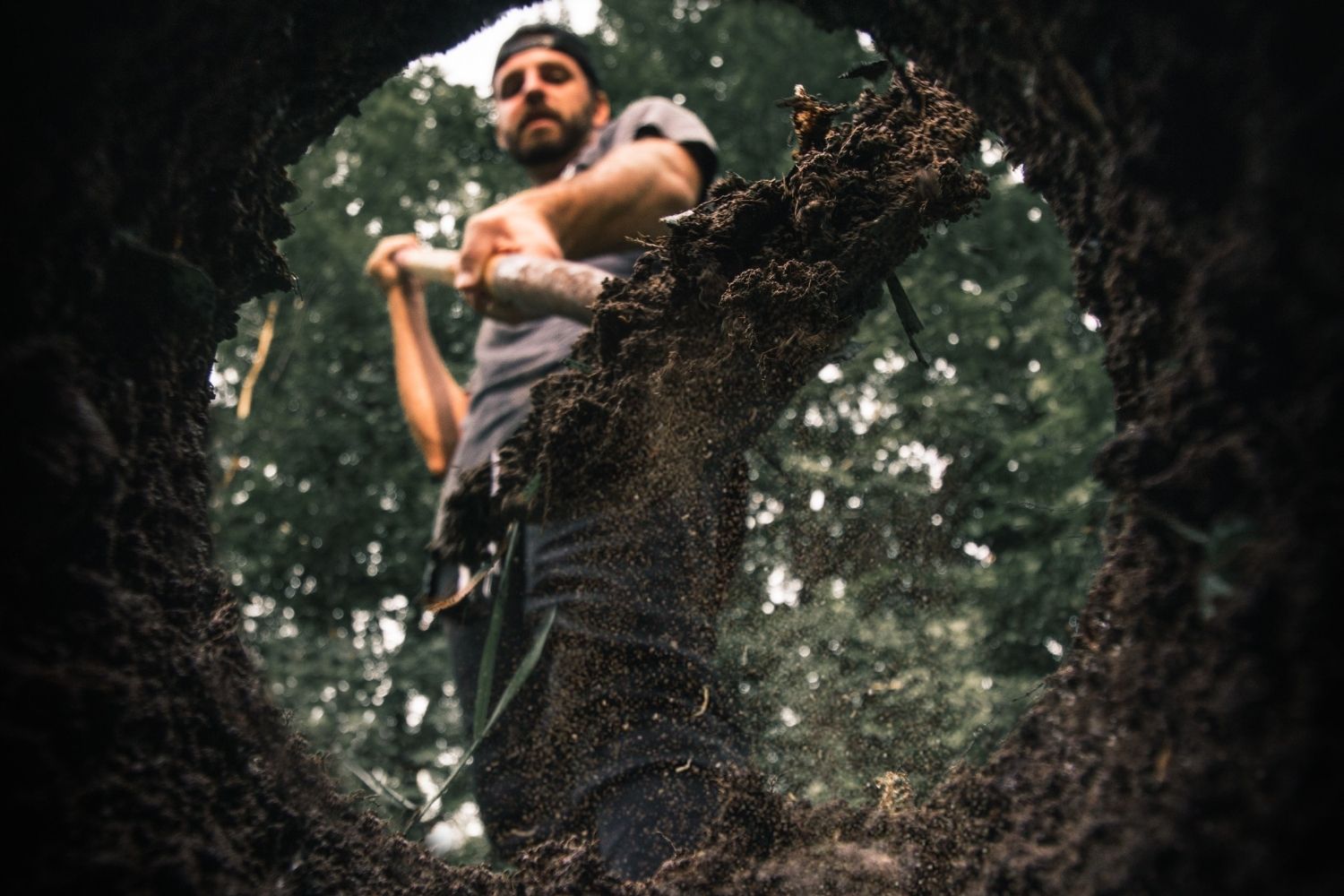You can plant brassicas in the spring, summer, or early fall. Spring and early summer are the best times to plant them, whether you begin from seed or buy ready-to-plant seedlings. A lot of brassicas are perennial and may be a perfect choice for your garden if you’re looking for something that grows year after year. These rapid-growth forage crops will mature in less than two months.
Types of Brassicas
Brassica is the scientific name for a genus of perennial broadleaf plants that are members of the mustard family. Collards, broccoli, canola, mustard, kale, and cauliflowers are just some of its members. Many gardeners are unaware that the traditional annual cabbage family members are not their only choices.
Some may believe all brassicas are annual plants, but a lot of them are also perennials, especially brassica members prior to cultivation (wild cabbages). Perennial cabbages are actually plants that are more closely related to the original wild type, or in which the perennial trait has been brought back in. These are high in protein and energy and can make very good forage food plots (especially in late season) for attracting and feeding deer as well.
How to Cultivate Brassicas
It’s a smart thing to consider not just the environmental factors but also the neighbors when deciding where to cultivate perennial brassicas. In terms of soil, they’re not choosy as long as it is fertile enough. However, do remember that root complications can be avoided if the environment is slightly alkaline. All brassicas require fertile, hearty soil, so prepare the soil well in the autumn prior to planting.
Before Planting Brassicas
In autumn, start digging over your dirt, extracting any stones and adding lots of well-rotted manure and compost. This will aid in the rapid establishment of roots. Strengthen indoor-cultivated seedlings for a week before planting by placing them in a protected spot outdoors. Brassica crops thrive in partial shade and in soil that is firm, moist, and well-draining. Plod on the soil to dislodge any air bubbles and firm up the dirt. Dipping the compost in a water tray for an hour will ensure that the seedlings are well hydrated before planting.
How to Plant Brassicas

Plant at a space of 30cm–45cm, depending on the type. Using a trowel, create a hole wide enough to contain the roots of the seedlings. Brassica seeds are small, so make sure to plant them around 1�4 inch deep. To hold lines straight for planting, you can use a stretch of bamboo.
Remove the plant from its pot and place it in the planting hole, leveling the roots with the surrounding dirt. Fill in the area around the roots with dirt using the trowel. Firm the roots with your fingertips before watering.
When the plants are established, keep them well watered and covered with fleece or fine netting to keep egg-laying insects and birds away.
If slugs and snails are a threat, surround each plant with a thick barrier of eggshells and cover the entire area until it becomes well-rooted.
- When should I prune Lilacs?
- When should I plant Garlic?
- Should You Choose Annual or Perennial Plants?
Harvesting Brassicas
Most brassicas will be ready for harvest in the span of 60 to 90 days, during the spring, summer, or early fall. They can withstand a wide variety of conditions, from partial shade to full sun, as long as there is enough water and the temperature is not excessively high. Keeping in mind that they have a higher need for nitrogen (a rich compost) compared to other vegetables can help you grow them well.















